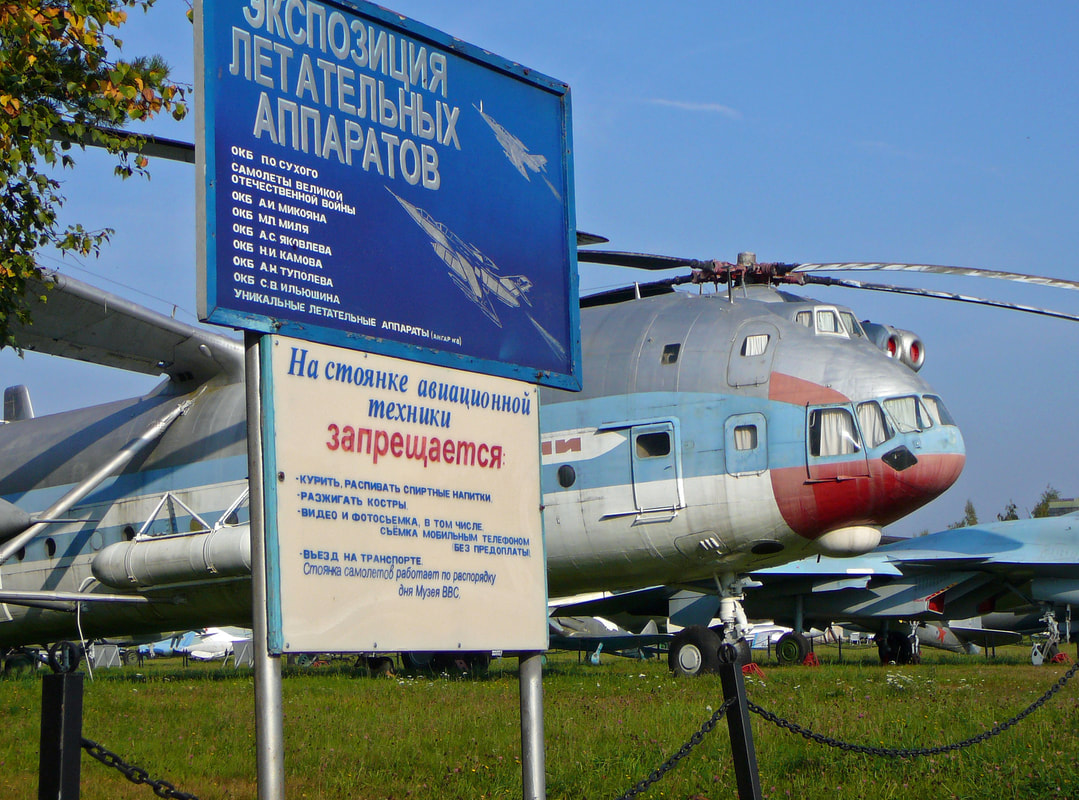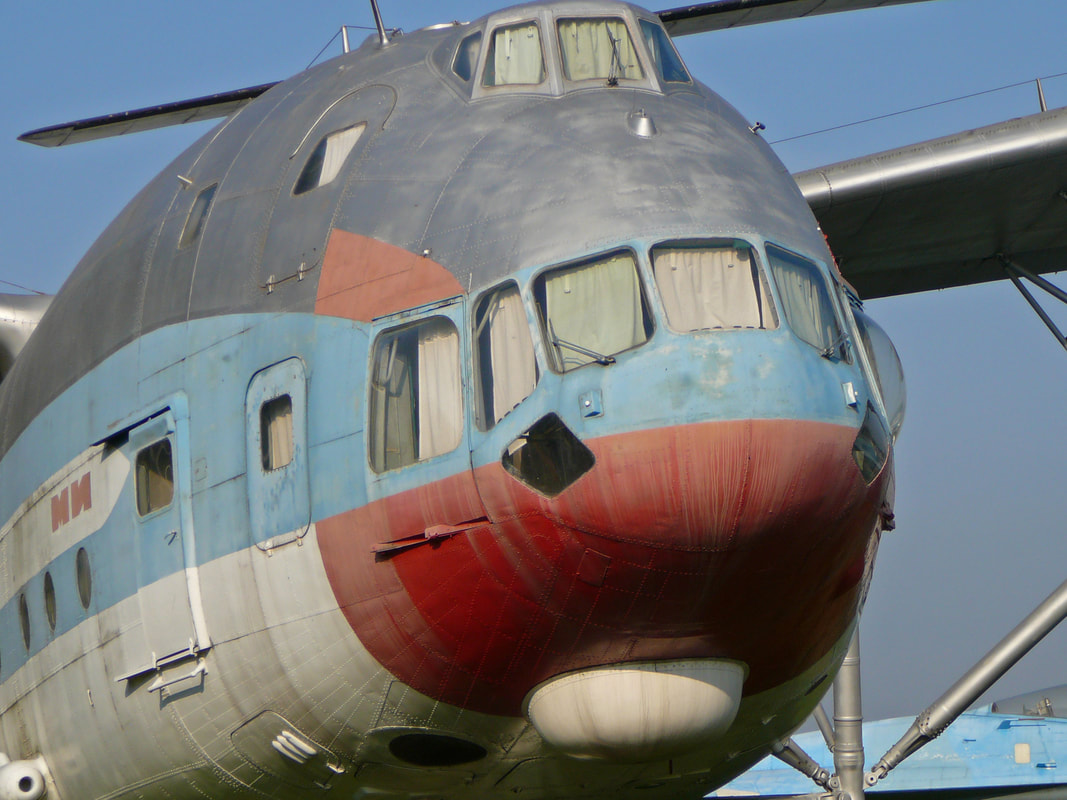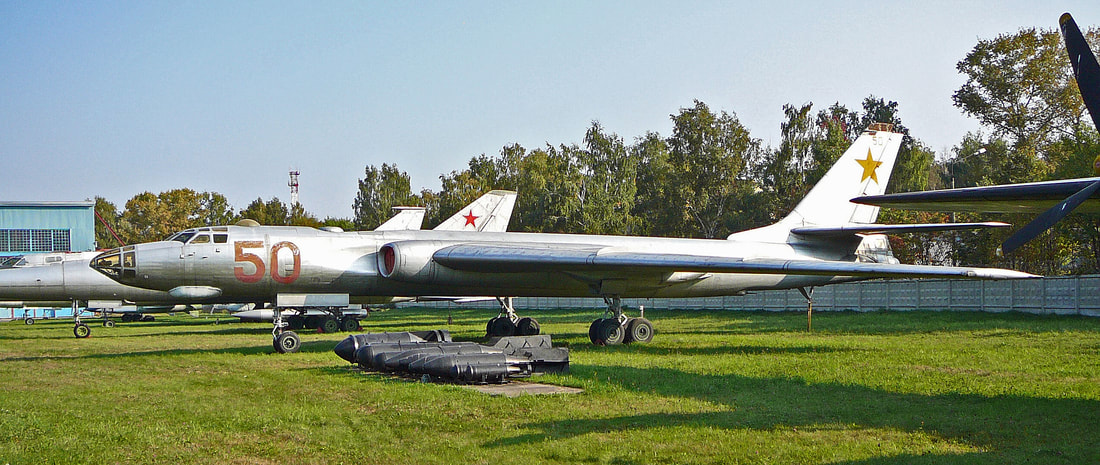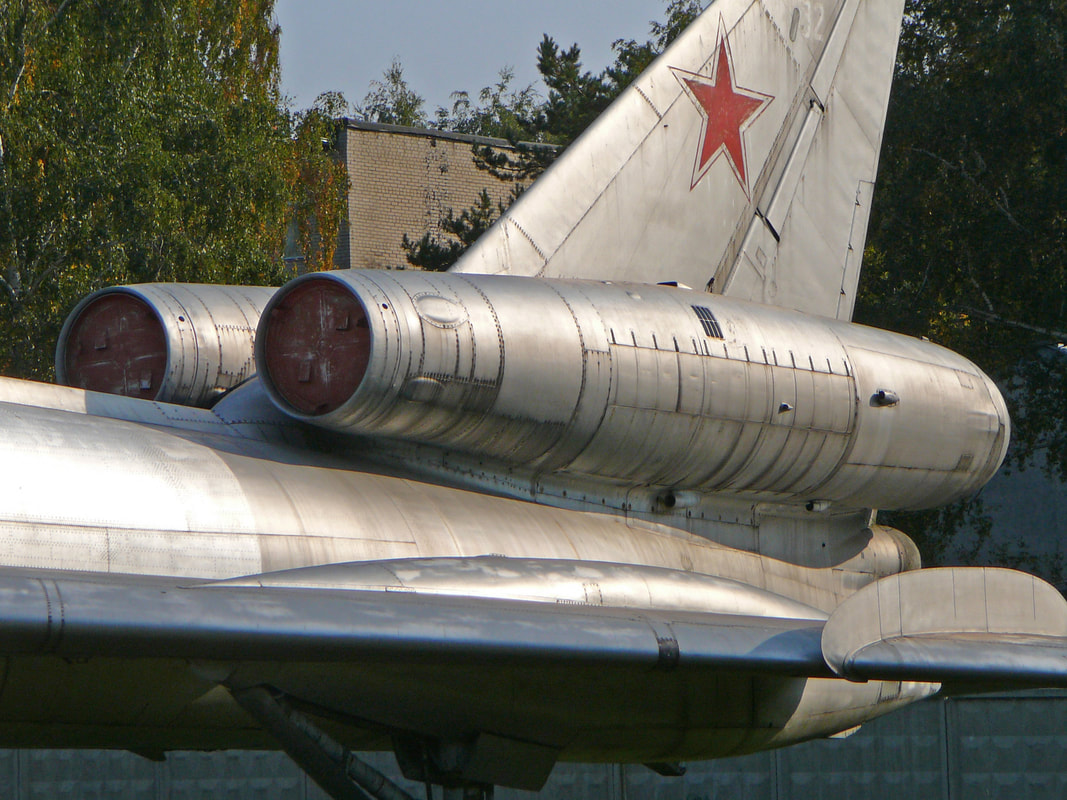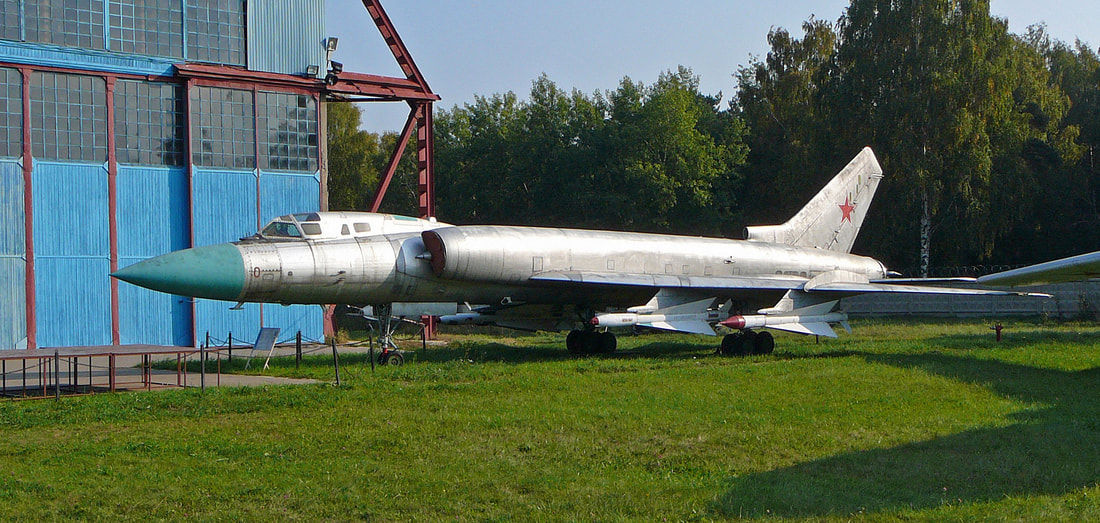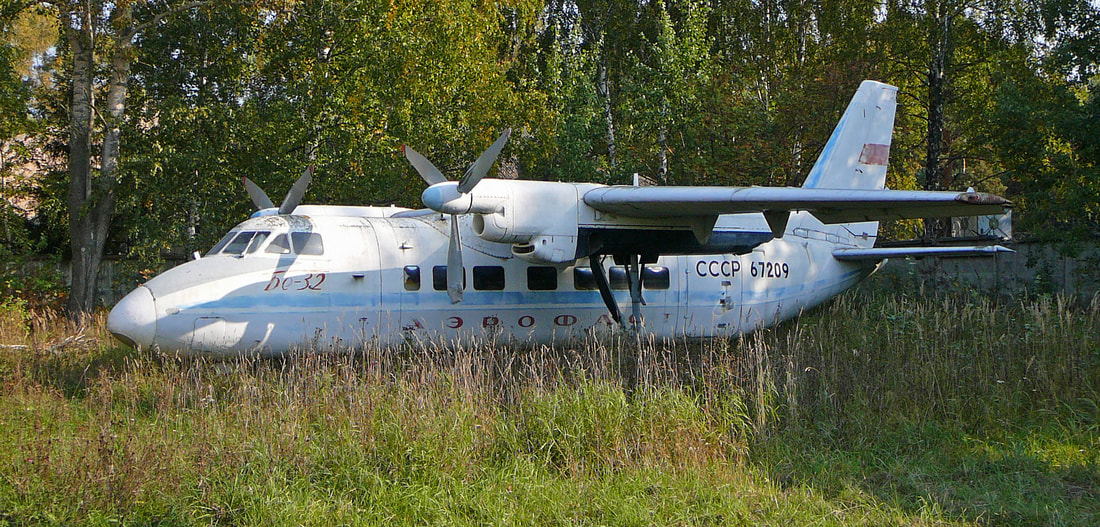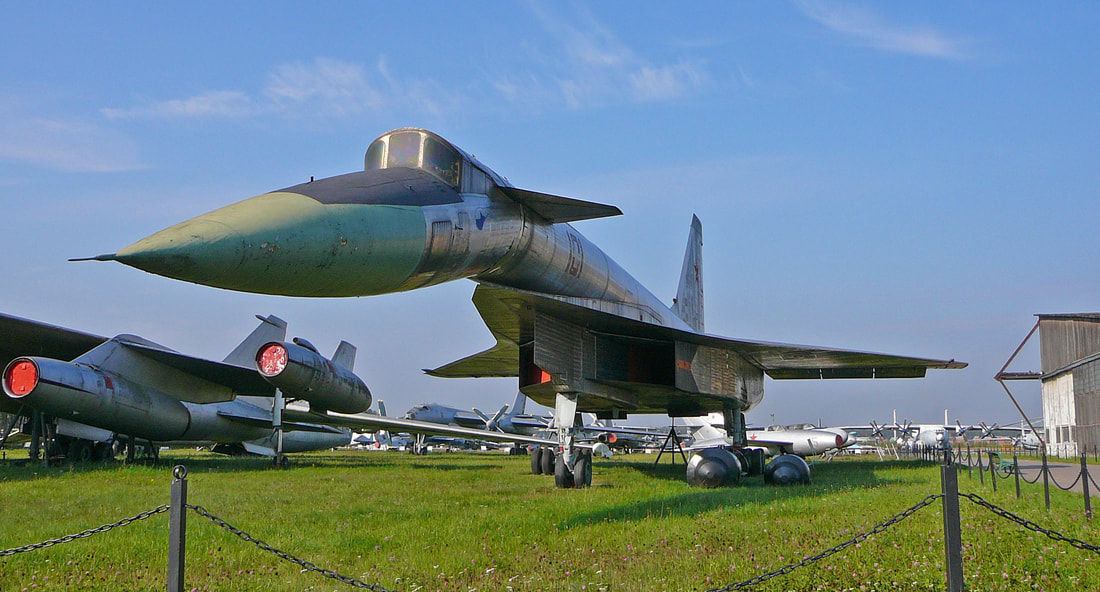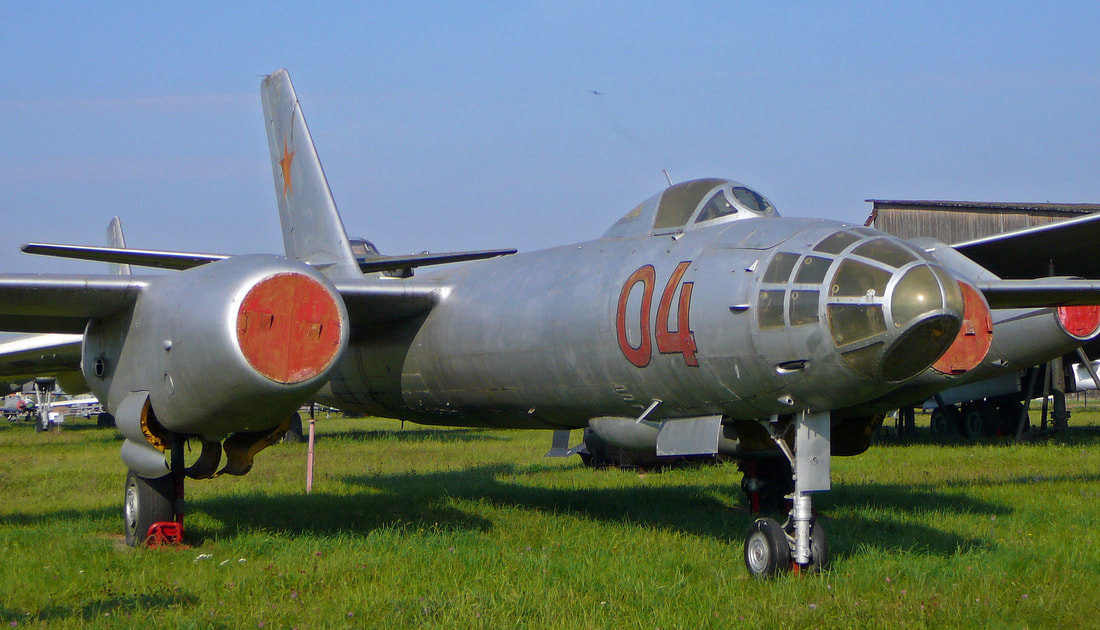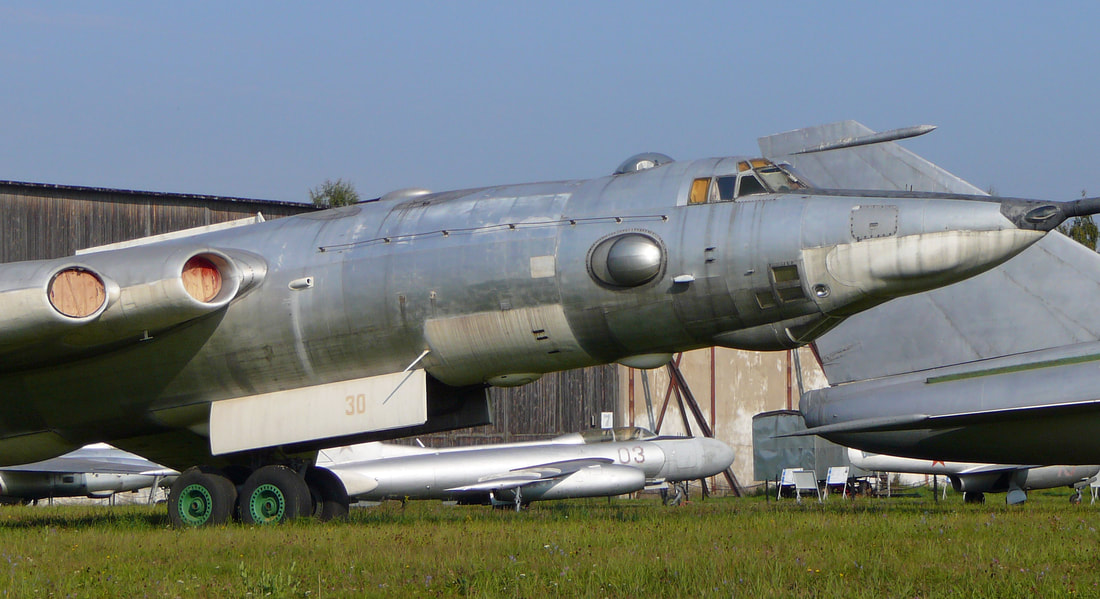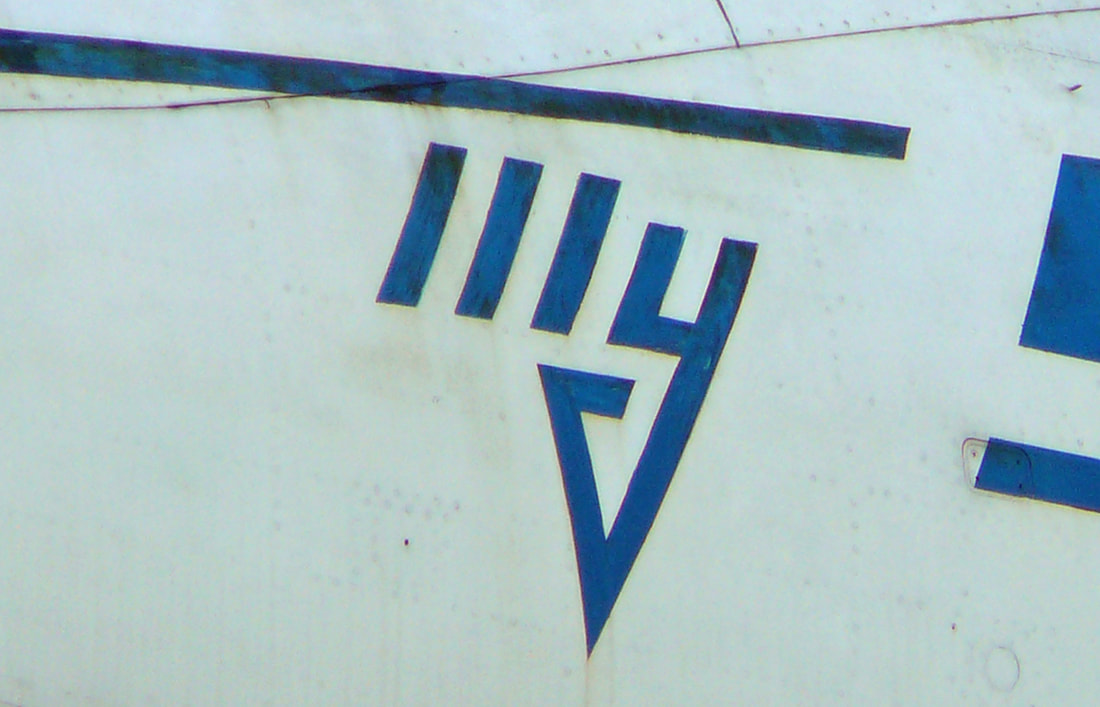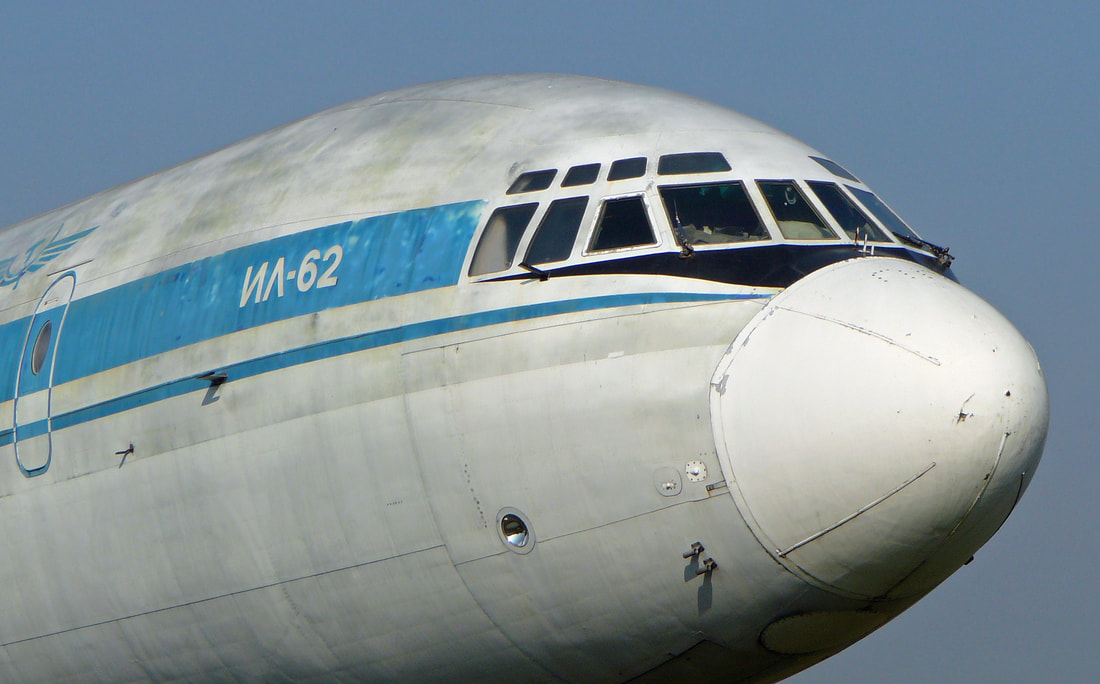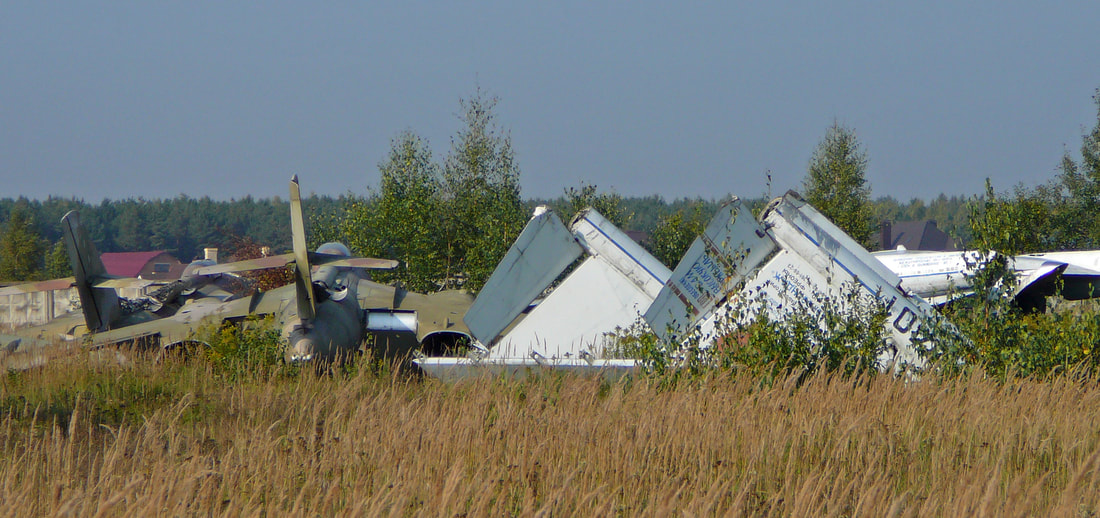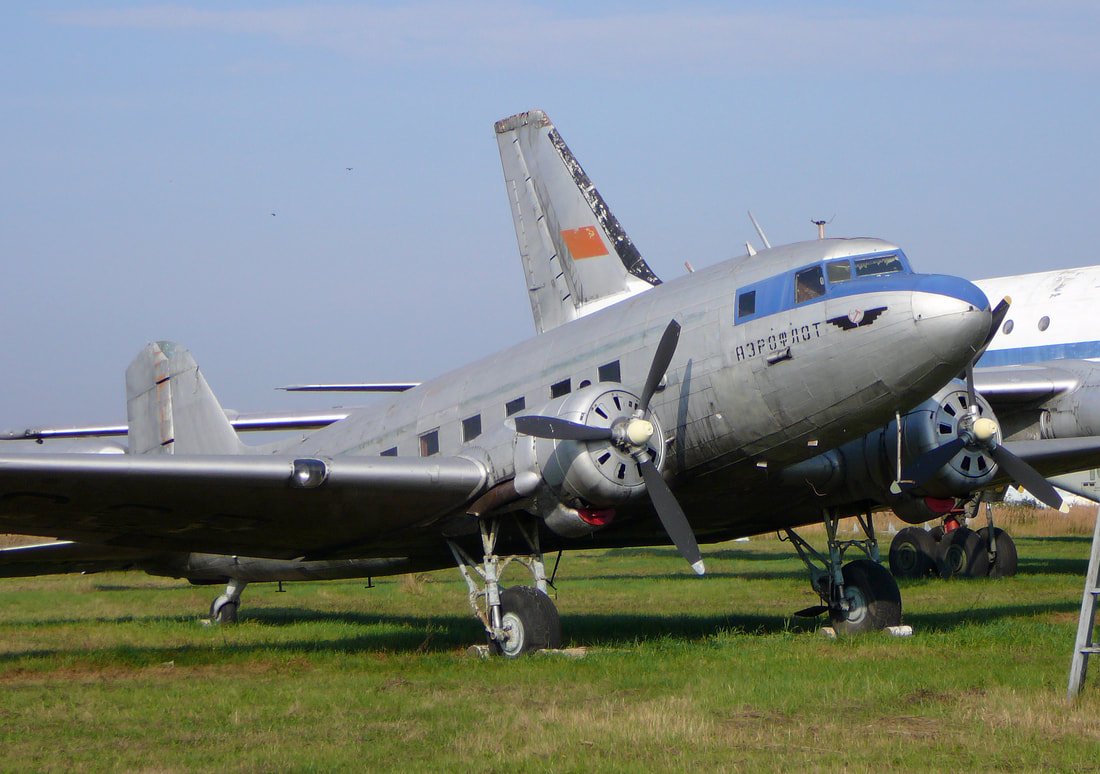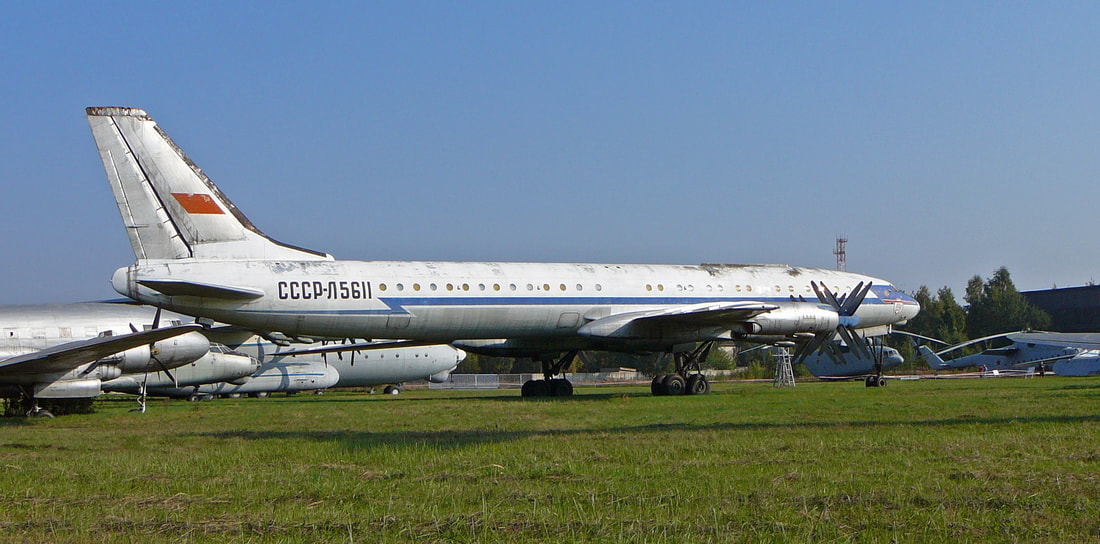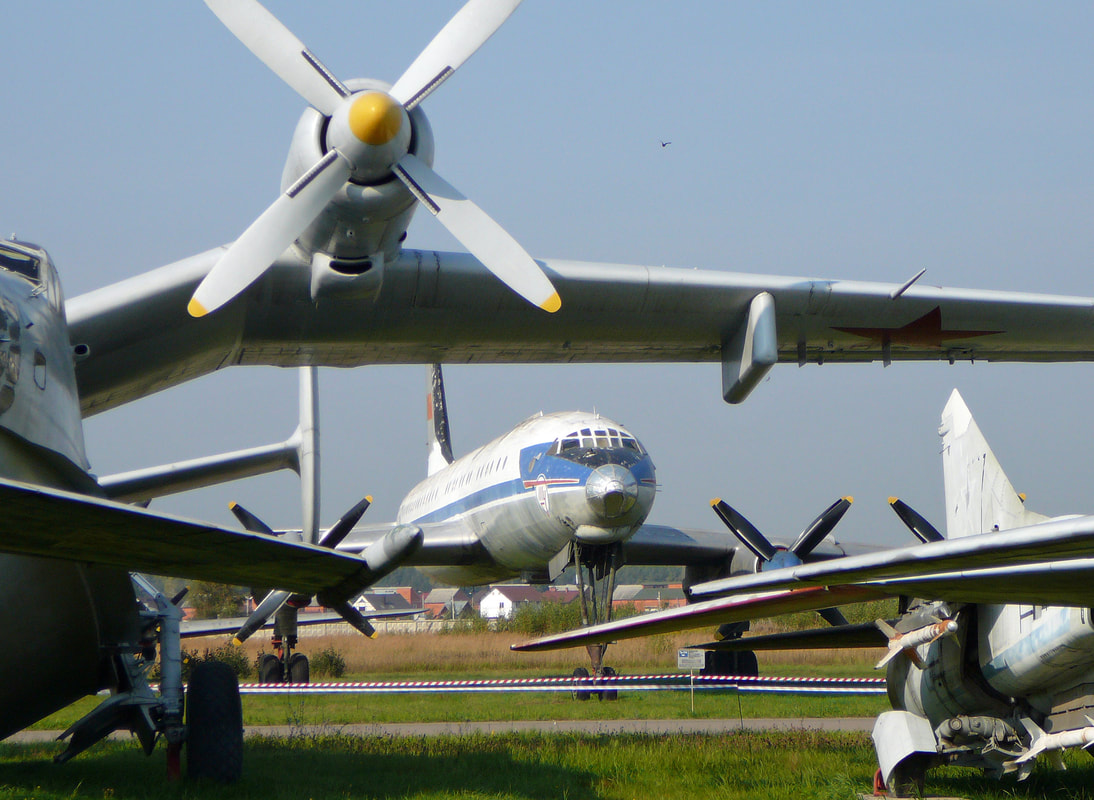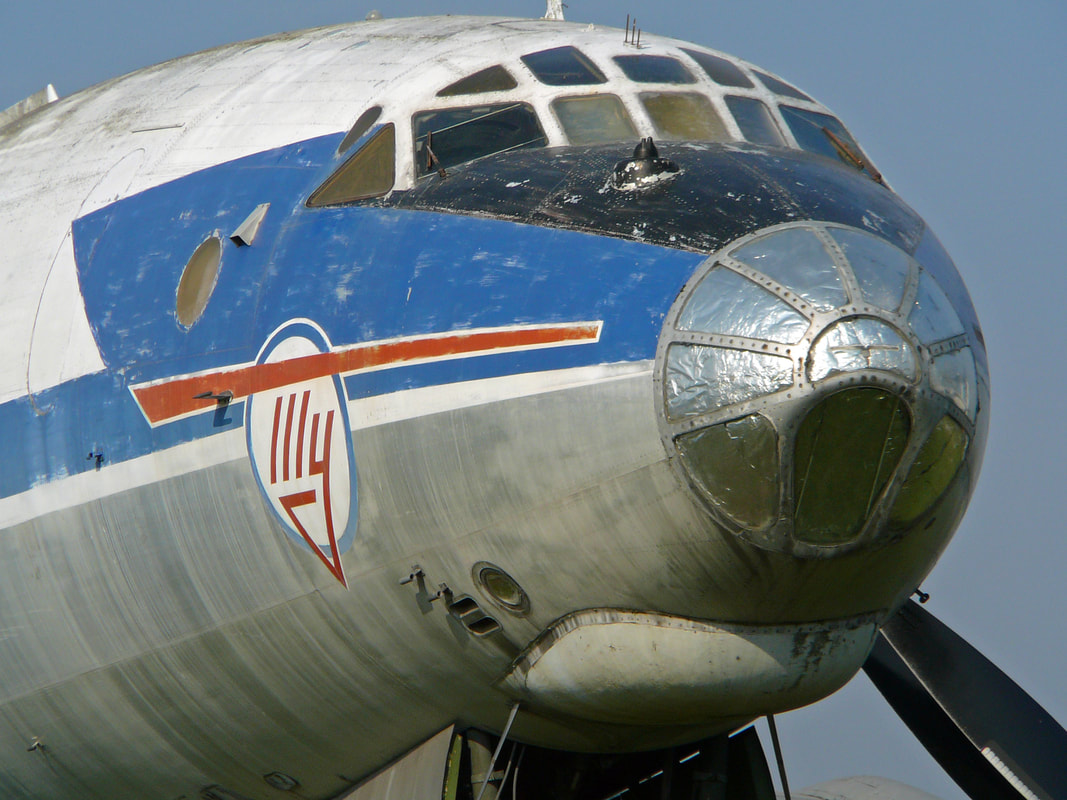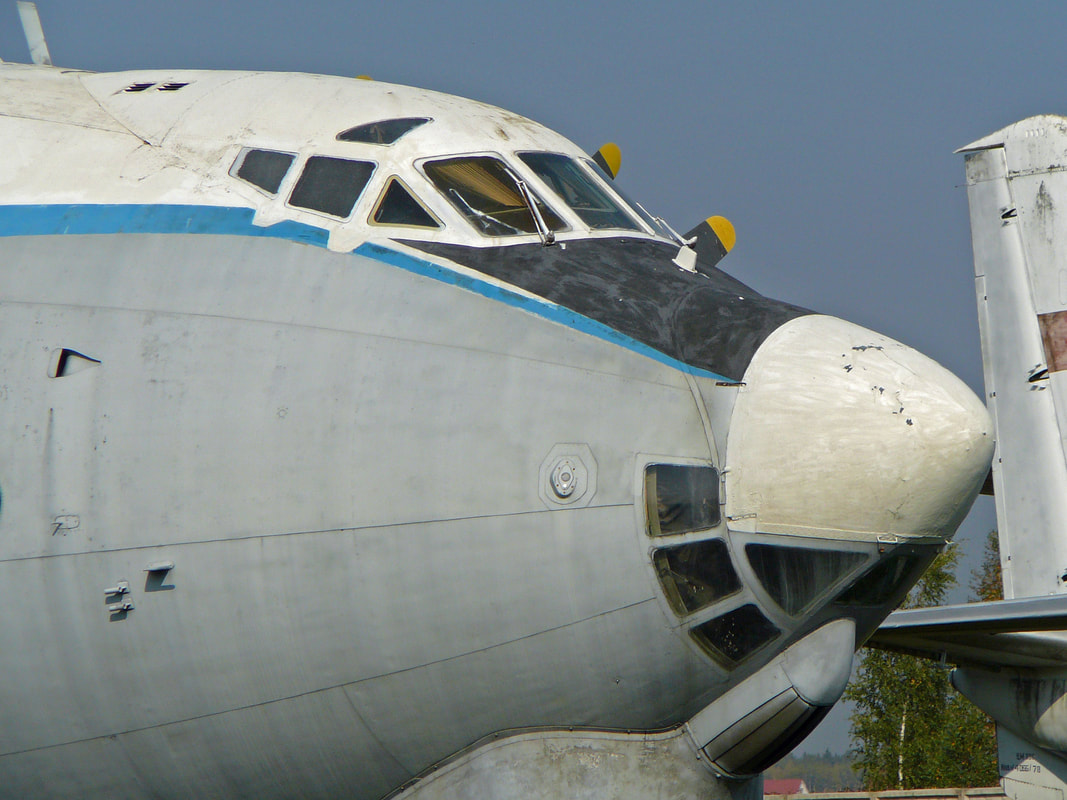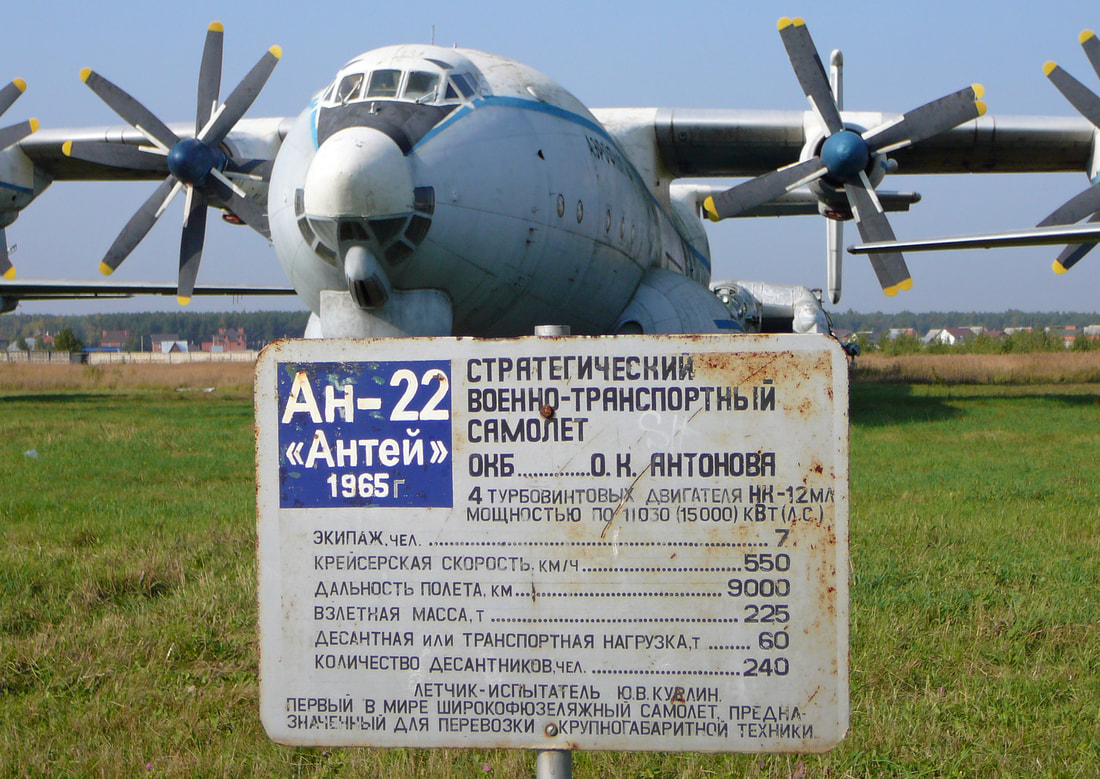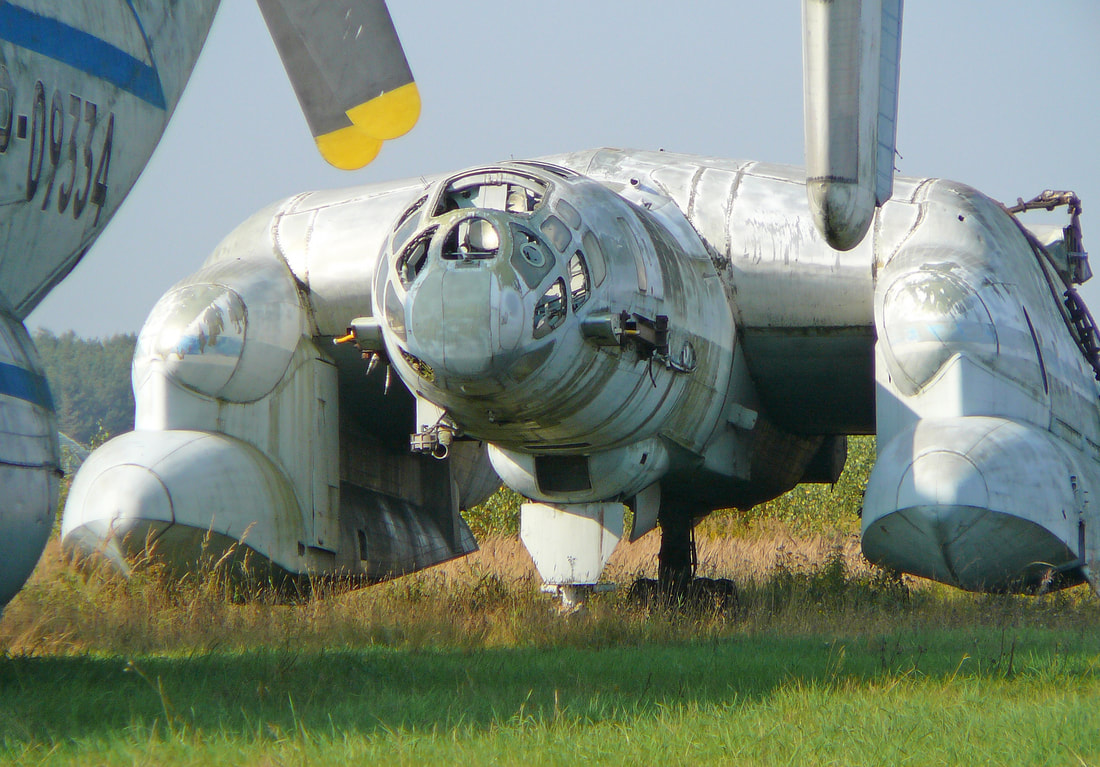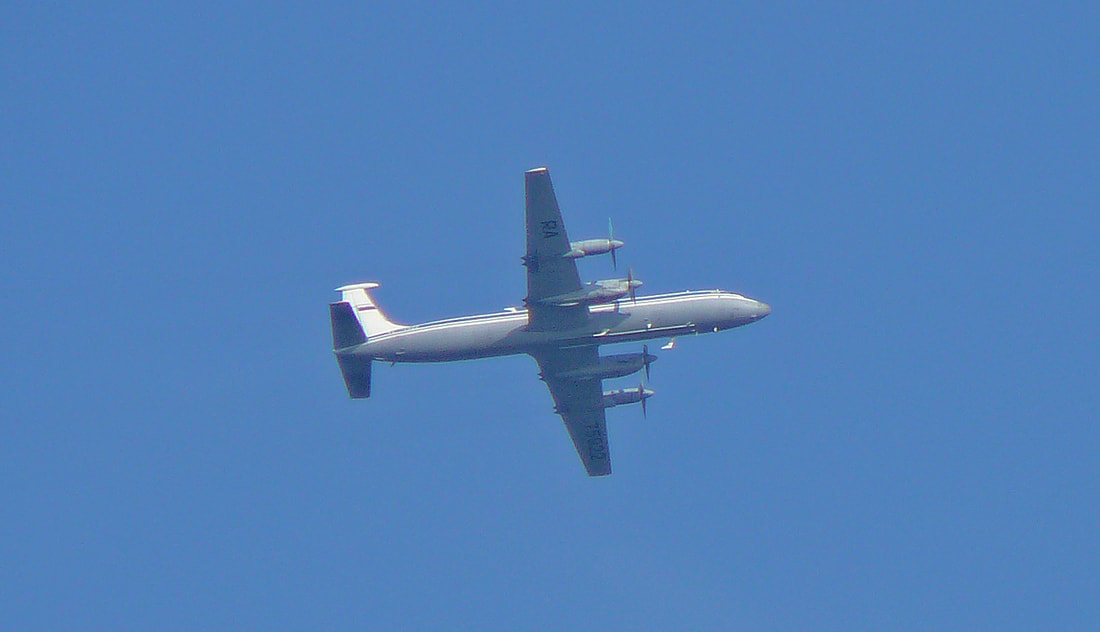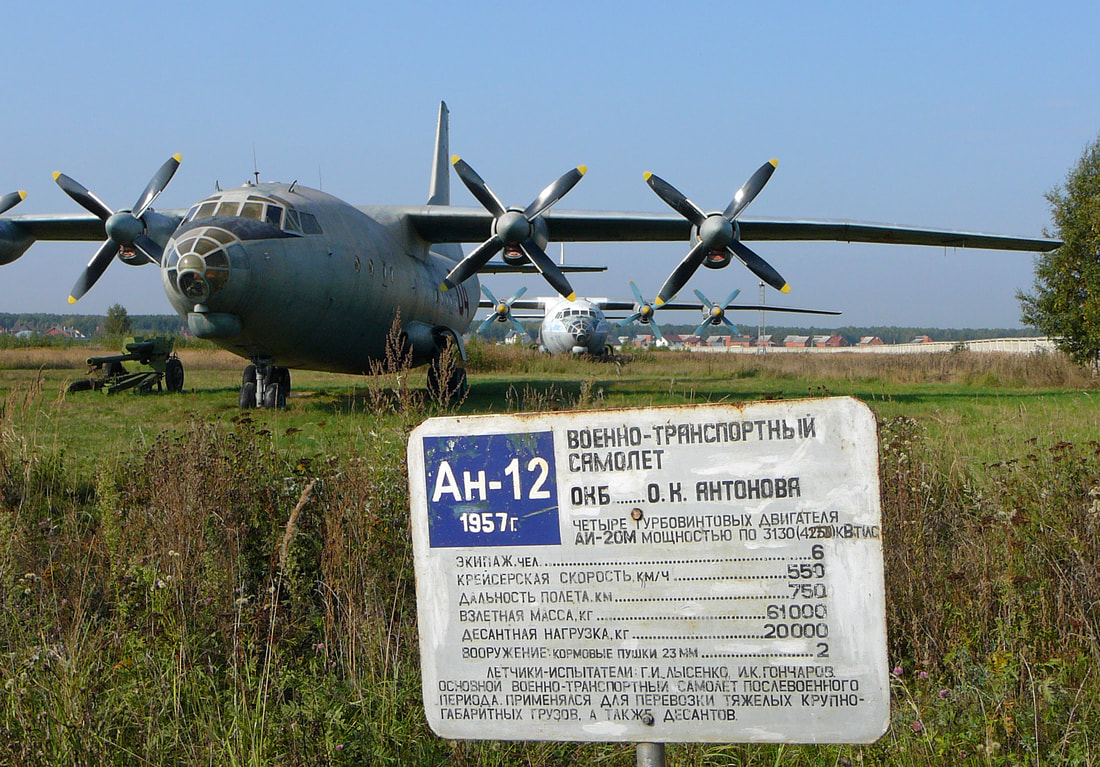A couple of years ago I visited one of the most interesting aviation museum of Russia. Monino is situated 40 km. east of Moscow, next to Chkalovsky Airbase. There's so much to see at Monino, that you will need a full day to explore every corner. I have photographed many, not all, of the interesting and unique airplanes at display.
Enjoy the pics and captions.
Enjoy the pics and captions.
The Central Air Force Museum (Russian: Центральный музей Военно-воздушных сил РФ) is an aviation museum in Monino, Moscow Oblast, Russia. A branch of the Central Armed Forces Museum, it is one of the world's largest aviation museums, and the largest for Soviet aircraft, with a collection including 173 aircraft and 127 aircraft engines on display. The museum also features additional displays, including Cold War-era American espionage equipment, weapons, instruments, uniforms, artwork, and a library containing books, films, and photos is also accessible to visitors.
The Central Air Force Museum is located on the grounds of the Gagarin Air Force Academy on the site of the former Monino Airfield, 40 kilometers (25 mi) east of Moscow.
The origins of the museum go back to 1940 when the village of Monino was selected to be the location of the Gagarin Air Force Academy. The museum itself was founded in 1958, two years after the airfield was closed, and had 6 aircraft and 20 aircraft guns at the time. When it opened to the public another two years later in 1960, it had 14 aircraft. By early 1970, the museum's collection had expanded to about 40 aircraft. In 1990, the aircraft on display were rearranged according to design bureau and chronological order. The museum's main hall was mostly destroyed by fire in 2005. In 2016, it was reported that the museum was to close, with the exhibits being transferred to Patriot Park.
Prior to 1999, the museum was closed to the public, because of the display of classified prototypes from the era of the former Soviet Union. Today, the museum contains a range of aircraft, both domestic and foreign, including military, civil and special purpose. The museum also houses associated pieces, such as the uniforms, documents, models and equipment related to the aircraft. The museum is currently open to members of the public to visit.
The Central Air Force Museum is located on the grounds of the Gagarin Air Force Academy on the site of the former Monino Airfield, 40 kilometers (25 mi) east of Moscow.
The origins of the museum go back to 1940 when the village of Monino was selected to be the location of the Gagarin Air Force Academy. The museum itself was founded in 1958, two years after the airfield was closed, and had 6 aircraft and 20 aircraft guns at the time. When it opened to the public another two years later in 1960, it had 14 aircraft. By early 1970, the museum's collection had expanded to about 40 aircraft. In 1990, the aircraft on display were rearranged according to design bureau and chronological order. The museum's main hall was mostly destroyed by fire in 2005. In 2016, it was reported that the museum was to close, with the exhibits being transferred to Patriot Park.
Prior to 1999, the museum was closed to the public, because of the display of classified prototypes from the era of the former Soviet Union. Today, the museum contains a range of aircraft, both domestic and foreign, including military, civil and special purpose. The museum also houses associated pieces, such as the uniforms, documents, models and equipment related to the aircraft. The museum is currently open to members of the public to visit.
The Mil Mi-12 "Homer" is a heavy transport helicopter.
Powerplant: 4 × Soloviev D-25VF turboshaft engines, 4,800 kW (6,500 shp) each.
The Tupolev Tu-4 long-range heavy bomber was developed on the basis of the US B-29 bomber.
The Tu-4 was powered by four massive ASH-73 NR piston engines.
847 airframes were build between 1949 and 1952.
50/Red is a Tupolev Tu-16 "Badger", a long-range bomber and it was the first Soviet long-range sweep-wing jet bomber in mass production.
Mid-day sunshine glints off the polished aluminum fuselage of this Tupolev Tu-16.
The Tupolev Tu-22 "Blinder" is a supersonic long-range jet bomber.
311 "Blinders" were build.
Russian hardware, like this supersonic long-range bomber, is gleaming in the sun.
497 Tupolev Tu-22M "Backfires" were build between 1972 and 1993.
The Tupolev Tu-22 (also known as Backfire) is a long-range strategic and maritime strike bomber developed by Tupolev for the Soviet Air Force.
53/Red is the second "Badger" at Monino.
The "Badger" is a long-range bomber and the first Soviet long-range sweep-wing jet rocket-bomber in mass production.
The Tupolev Tu-128 "Fiddler" is a long-range supersonic interceptor which defended the northern frontiers of the Russian airspace.
188 "Fiddlers" were build from 1963.
Fiddler "0/Red" sitting pretty under the Russian sunshine in September 2009.
Russian stars from yesteryear seen here resting at Monino.
Antonov An-14 is a passenger aircraft of short take-off and landing. It was used in the Soviet Army as a communication, headquarters, ambulance aircraft and air-carrier to fly at short distances.
The Polish PZL M-15 is an in 1978 developled agricultural aircraft and has one Ivchenko Ai-25 engine.
The PZL M-15 was a jet-powered biplane manufactured by WSK PZL-Mielec in Poland for Soviet agricultural aviation. For its strange looks and noisy engine it was nicknamed Belphegor, after the noisy demon.
Ultra violet light is the culprit, bleaching out colors. Airplanes are no different and high altitude flight, such as that performed by this Aeroflot , accelerates the fading process.
CCCP-67209 is a Beriev Be-32, 15 pax commuter transport aircraft, powered by two RK6A-65V turbo-fan engines.
Only eight Be-32's were build in 1993.
This aircraft needs painting and additional preparation of the aircraft surfaces is required before painting. Generally consistent with aircraft having extensive corrosion on surfaces.
101/Red is a Sukhoi T-4 is strike/reconnaissance aircraft, powered by 4 RD-36-41's. Only 10 flights were made with this aircraft.
Her mission was the destruction of US aircraft carriers and strategic reconnaissance. She could fly Mach 3.0.
The Sukhoi T-4 "Sotka" is made of titanium. Only one was build in 1972.
A school visit to Monino Aviation Museum.
There's so much to see at Monino. You will need two full days to explore every corner.
12/White is a Myasischev M-50 supersonic strategic missile-carrying bomber, was build in 1959 and powered by four VD-7B turbo-jet engines.
Only one M-50 was build in 1959.
Mid-day sunshine glints off the polished aluminum VD-7B turbo-jet engines of this Myasischev M-50.
The Ilyushin IL-28 "Beagle", jet front-line bomber, was developled in the late 40's and was the first soviet jet bomber.
6.731 "Beagles" were build since 1950.
30/Red is a Myasishchev 3-M "Bison" stratigic bomber. 93 airframes were build between 1955 and 1963. Her last service was in 1994.
Some seriously fascinating stuff there is present at Monino.
Russian stars from yesteryear seen here resting under a gorgeous summer sun.
Wing fences, also known as boundary layer fences and potential fences are fixed aerodynamic devices attached to aircraft wings. Often seen on swept-wing aircraft, wing fences are flat plates fixed to the upper surfaces parallel to the airflow, typically wrapping around the leading edge. By obstructing span-wise airflow along the wing, they prevent the entire wing from stalling at once.
Seen here, is a Tupolev Tu-95 "Bear" long-range heavy bomber (4807).
A red star became one of the emblems, symbols and signals representing the Soviet Union, alongside the hammer and sickle. In Soviet heraldry, the red star symbolized the Red Army and military service, as opposed to the hammer and sickle, which symbolized peaceful labor.
A great looking brute, the Tupolev "Bear".
The Tupolev Tu-92 Bear is a large, four-engine turboprop-powered strategic bomber and missile platform.
Tupolev Tu-144 supersonic passenger liner is developed in the late 60's and powered by four NK-144 turbo-jet engines.
The hammer and sickle is a symbol meant to represent proletarian solidarity – a union between the peasantry and working-class. It was first adapted during the Russian Revolution, the hammer represented the workers and the sickle represented the peasants.
After World War I (from which Russia withdrew in the year 1917) and the Russian Civil War, the hammer and sickle became more widely used as a symbol for labor within the Soviet Union and for international proletarian unity. It was taken up by many communist movements around the world, some with local variations.
Today, even after the dissolution of the Soviet Union, the hammer and sickle remains commonplace in Russia and other former union republics, but its display is prohibited in some other former communist countries as well as in countries where communism is banned by law. The hammer and sickle also remains commonplace in countries like Vietnam, Cuba and China which are still officially communist.
After World War I (from which Russia withdrew in the year 1917) and the Russian Civil War, the hammer and sickle became more widely used as a symbol for labor within the Soviet Union and for international proletarian unity. It was taken up by many communist movements around the world, some with local variations.
Today, even after the dissolution of the Soviet Union, the hammer and sickle remains commonplace in Russia and other former union republics, but its display is prohibited in some other former communist countries as well as in countries where communism is banned by law. The hammer and sickle also remains commonplace in countries like Vietnam, Cuba and China which are still officially communist.
Mid-day sunshine glints off the fuselage of this Tupolev Tu-144.
The Tu-144 was powered by four NK-144 turbo-jet engines.
Russian hard-ware in a row.
This is the prototype of the Yak-40K.
Yak-40 CCCP-87490 was a demonstrator at London-Gatwick back in 1975.
Yakolev Yak-40 CCCP-87490 sitting pretty in high grass.
The ‘winged hammer and sickle’ is still the most recognizable symbol of Aeroflot.
Flying like an oligarch on a 1970's vintage Yak-40 in executive configuration. Entry is through the rear air stairs through the lavatory and then into the time warp opulent cabin.
Longtime resident at Monino is CCCP-42302 (c/n. 427401004) is former Aeroflot Yakolev Yak-42 CCCP-42302 (c/n. 427401004)
CCCP-45025 is a, 56 pax, Tupolev Tu-124 of Aeroflot. Unfortunately she was badly damaged by fire in 2002.
Only 165 airframes were build since 1962.
46/Red is a Tupolev Tu-104A (c/n. 8350705) is a 100 pax aircraft which was operated by the Russian Air Force.
Only 200 Tu-104A's were build since 1955.
'25797' is an Ilyushin Il-18V (c/n. 181002702) and her former registration was CCCP-75737.
CCCP-86670 is an Ilyushin IL-62 and was operated by Aeroflot.
Early NK-8-4-engined Il-62's suffered from performance problems including fatigue and overheating issues with the engines, sometimes leading to false fire alarms which could possibly cause the crew to accidentally shut down paired engines to prevent contiguous engine and fuselage damage.
Like the VC-10, the IL-62’s T-tail and rear mounted engines gave it some tight aft center of gravity limits, particularly when on the ground. As a result, the designers fitted the aircraft with a hydraulic twin-wheel strut to support the rear fuselage during loading and unloading. Another aircraft with rear mounted engine, the Sud-Aviation SE-210 Caravelle, had something similar to this.
10/Red is a 32 pax Ilyushin IL-12.
Wrecked parts of CCCP-17401, the prototype of the Myaschinchev M-17 "Chaika".
CCCP-93914 is a Lisinov Li-2 and was operated by Aeroflot during the 50's.
The Tupolev Tu-114 was developed in the late 50's.
The Tu-114 could fly 880 kph. over 10.900 km.
Only thirty-one Tu-114's were build since 1961.
CCCP-L5611 is the prototype of the Tu-114.
Note; - The big faded Tupolev logo on her nose.
CCCP-09334 is an Antonov An-22, which was developed in the mid 50's.
The Beast. The sound of her engines is amazing. What an airplane.
The Bartini Beriev VVA-14 Vertikaľno-Vzletayushchaya Amfibiya (vertical take-off amphibious aircraft) was a wing-in-ground-effect aircraft developed in the Soviet Union during the 1970's.
Monster Frankenstein
Designed to be able to take off from the water and fly at high speed over long distances, it was to make true flights at high altitude, but also have the capability of flying efficiently just above the sea surface, using aerodynamic ground effect. The VVA-14 was designed by Italian-born designer Robert Bartini in answer to a perceived requirement to destroy United States Navy Polaris missile submarines.
Broad-shouldered Beriev VVA-14 seems to have stepped out of a Star Wars movie.
The Antonov An-24 was developed in the late 50's.
CCCP-46746 is an Antonov An-24. Note the overflying IL-22 in the background.
Russian Air Force Ilyushin IL-22-M-11, RA-75922 (c/n. 2964017552), straight over my head! She did several touch-and-go's from nearby Chkalovsky Airbase.
The An-24 provided yeoman service for Aeroflot and still is wearing their uniform.
Most often found around the cowl and engine compartment, fretting occurs where two pieces of metal are rubbing together, leaving a black oily deposit.
04/Red is an Antonov An-12.
Russian stars from yesteryear seen here resting under a gorgeous summer sun.
Russian airliners were ready to operate under wartime conditions at very short notice. Here, an An-12 sports an identification, friend or foe (IFF) transceiver antenna above the nose.
An head-on view of a Russian Air Force Antonov An-12.
Antonov An-10A CCCP-11213 was the 110 seats pax version of the An-12. She was developed in the late 50's.
Ultra violet light is the culprit, bleaching out colors. Airplanes are no different and high altitude flight, such as that performed by this Antonov An-10, accelerates the fading process.
Only 108 Antonov An-10's were build.
The Antonov An-8 "Camp" was developed in the mid 50's.
Only, 155 Antonov An-8's were build, starting in 1956.
Her airworthiness was withdrawn in 2004.
The Beriev Be-12 was an anti-submarine amphibian aircraft developed in the early 60's.
Unfortunately, the hallmarks captured so well by the lens, also spelled the doom of these geriatric flying boats.
